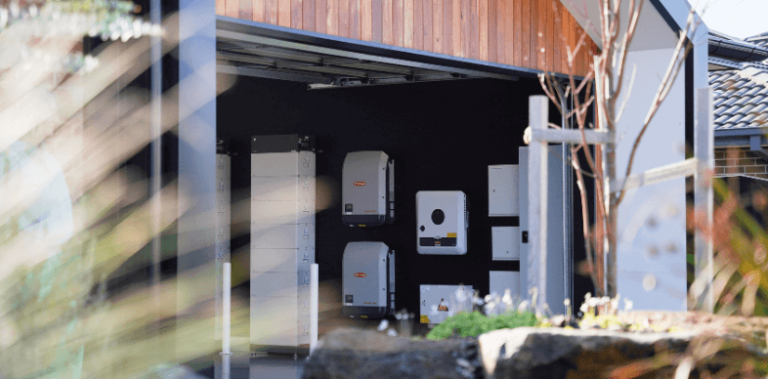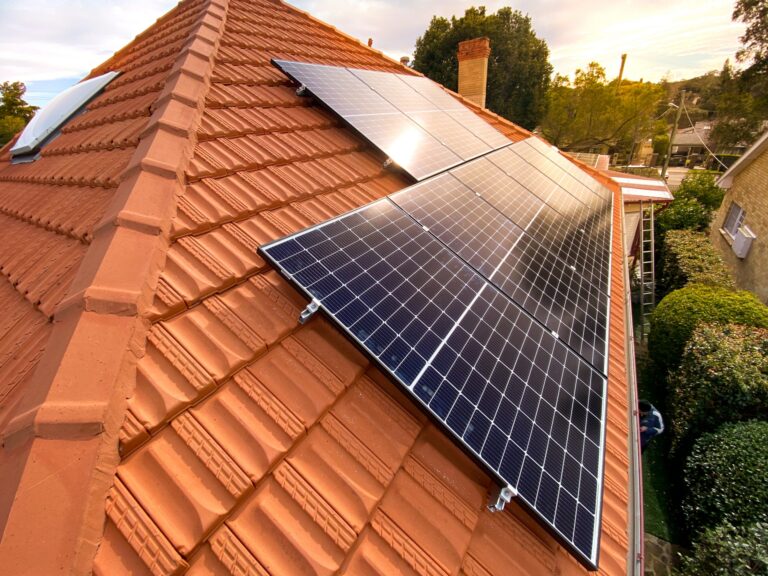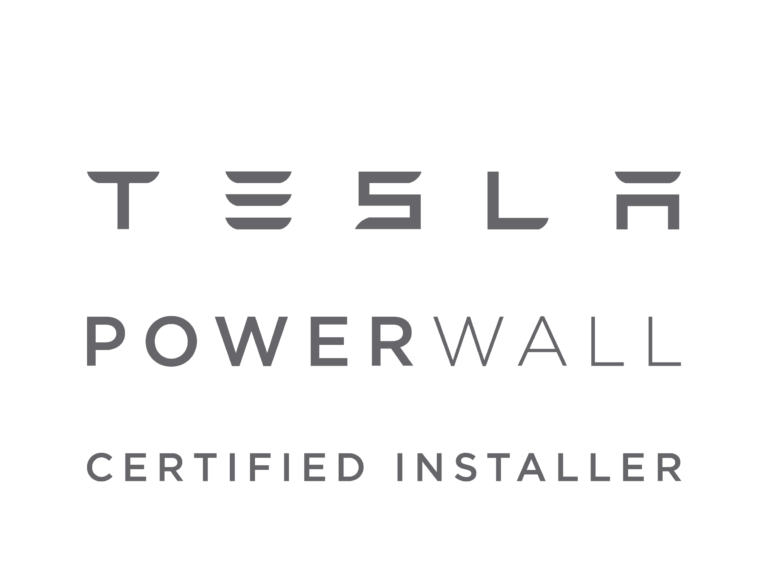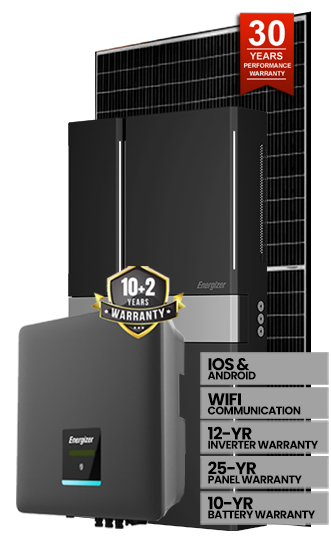

Sodium-ion batteries are a promising technology for energy storage, and they have the potential to become a key player in the solar storage market. While lithium-ion batteries are currently the most common type of battery used for solar storage, sodium-ion batteries offer some advantages that could make them an attractive alternative.
One of the main advantages of sodium-ion batteries is that they use sodium, which is much more abundant and less expensive than lithium. This means that sodium-ion batteries could potentially be produced on a larger scale and at a lower cost than lithium-ion batteries.
Another advantage of sodium-ion batteries is that they have a higher energy density than some other types of batteries, which means that they can store more energy in a smaller space. This could be particularly useful for residential and commercial solar systems, where space is often limited.
However, sodium-ion batteries are still a relatively new technology, and there are some challenges that need to be addressed before they can become a widely adopted solution for solar storage. One of the main challenges is that they currently have a lower energy density than lithium-ion batteries, which means that they may not be able to store as much energy per unit of volume or weight. Additionally, the technology for sodium-ion batteries is not yet as mature as that for lithium-ion batteries, so there are still some uncertainties about their long-term performance and durability.
Overall, while sodium-ion batteries are a promising technology, it is still too early to say whether they will become the next big thing in solar storage. More research and development is needed to overcome the technical challenges and to improve the performance and cost-effectiveness of these batteries.





Solar Link Australia is a Market Leader in Solar Photo Voltaic Supply and Installation. (EST 2010). Our team is committed to making renewable energy a major part of Australia’s energy base.





Ready to secure your deal? Request a callback now to lock in your price before the reduction takes effect!

Something isn’t Clear?
Feel free to contact us, and we will be more than happy to answer all of your questions.

or If you need quick assistance

or If you need quick assistance

or If you need quick assistance

or If you need quick assistance

or If you need quick assistance

or If you need quick assistance

or If you need quick assistance

or If you need quick assistance

or If you need quick assistance

or If you need quick assistance

or If you need quick assistance
Something isn’t Clear?
Feel free to contact us, and we will be more than happy to answer all of your questions.

Something isn’t Clear?
Feel free to contact us, and we will be more than happy to answer all of your questions.
One Response
Why do you say “Another advantage of sodium-ion batteries is that they have a higher energy density”? Everyone else says sodium ion has LOWER energy density. What is the truth?